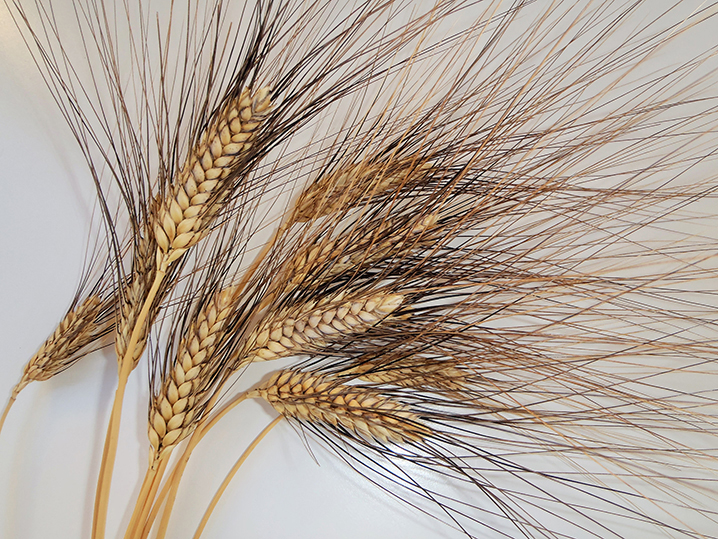
Commodity price observatory 1/2016
24 February 2016Pastaria’s four-monthly feature on the prices of the main raw materials used by pasta manufacturers.
by Centro studi economici Pastaria
As expected, developments in agricultural and food commodity markets have, overall, confirmed the downward trend of recent months.
On the decline are prices for grains, wheat in particular, with hard wheat once again negative, due both to the pressure exerted by the major exporting countries—Canada and the United States first and foremost—and, above all, by modest buyer demand. And this in a market that is sufficiently supplied although undersized (only for hard wheat) in terms of stockpiles, at least in terms of end-harvest projections.
The moderate trend in world demand also explains the weakness in prices of other grains. For wheat and fodder grains overall, forecasts show a modest +1% growth in world consumption. This despite the brake caused, above all, by non-food uses dampened by the reduced advantage of producing biofuels following the further drop in oil prices which are stationary below the $40/barrel mark.
Although the basic picture would seem reassuring given the abundant supply and good stockpile levels worldwide, it should not be excluded—including in the short-term—that the current market situation could experience some change, albeit minimal.
On the horizon are a number of possibilities (and, especially, fears) that the influence of a number of destabilizing factors caused by the change in climatic conditions determined by the effects of El Niño and the risk of spreading conflict in the Mideast could result in a change in the current equilibrium.
According to weather experts, El Niño should not produce any substantial change in global trade trends, despite initial concerns, and its impact will only be felt in some local areas. In Malaysia and Indonesia, drought has already resulted in an unexpected jump in palm oil prices. But in other sectors, including grains, weather conditions alone would not be enough to modify the current price trend, except in combination with other factors that could potentially lead to a rise, the most prominent of these being the instability in the global geopolitical situation.
Placing a damper on inflationary scenarios was also Moscow’s recent decision to reduce customs duties on grain exports which were initially introduced to guard against potential price increases following the major devaluation of the ruble. A measure—strongly backed by local exporters—that could result in a further worsening in the situation of global trade on international markets. Also affecting this is the expectation in 2016 of a record increase in grain exports from the Ukraine, estimated at 36 million tons.
Basic prices also remain low in meats and dairy products, sectors which are experiencing a situation of over-supply on a European-wide level. In the absence of the Russian market, blocked by the embargo imposed by Moscow on a long list of agricultural and food products, dumping continues on the markets of the Old World for the excess production that cannot be sold in non-EU countries. This situation has pushed the prices for pork and powdered milk even lower, and it risks jeopardizing the future of the market, at least during the early months of 2016. [hidepost]
Low transport costs, with maritime freight severely depressed due to the slow-down in world trade and low fuel prices, as well as the increase in the size of the container fleet, explain the current moderation in commodity prices. The latter are also affected by the adjustment in currency exchange rates following the recent increase in interest rates by the Federal Reserve, the US central bank.
The crisis in emerging economies, starting with Russia and Brazil, already in recession, but above all the abrupt slow-down in China which is unable to repeat its performance of recent years, could further weaken markets. Nor is the economic recovery in the US totally convincing, where, according to forecasts, the economy is not expected to grow more than 2%. [/hidepost]
Keep reading, download the magazine
 PASTARIA DE (digital edition) 2016 n. 1 (ITALIANO) (13.8 MiB, 1,371 download)
PASTARIA DE (digital edition) 2016 n. 1 (ITALIANO) (13.8 MiB, 1,371 download)
Registrazione necessaria. Sign-up to download.
 PASTARIA INTERNATIONAL DE (digital edition) 2016 no. 1 (ENGLISH) (23.5 MiB, 832 download)
PASTARIA INTERNATIONAL DE (digital edition) 2016 no. 1 (ENGLISH) (23.5 MiB, 832 download)
Registrazione necessaria. Sign-up to download.


